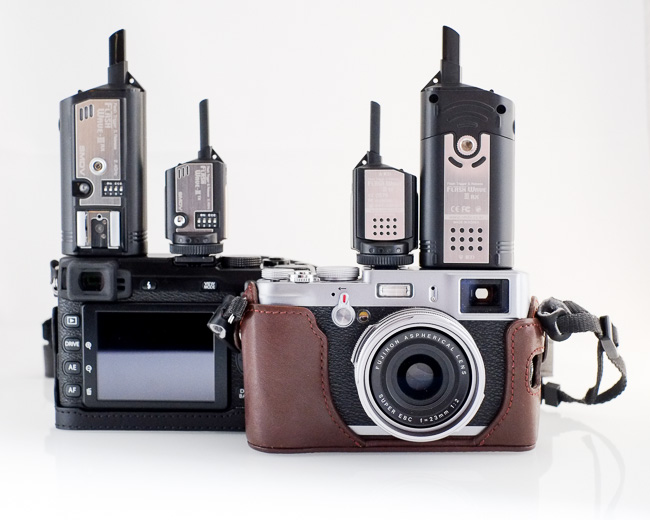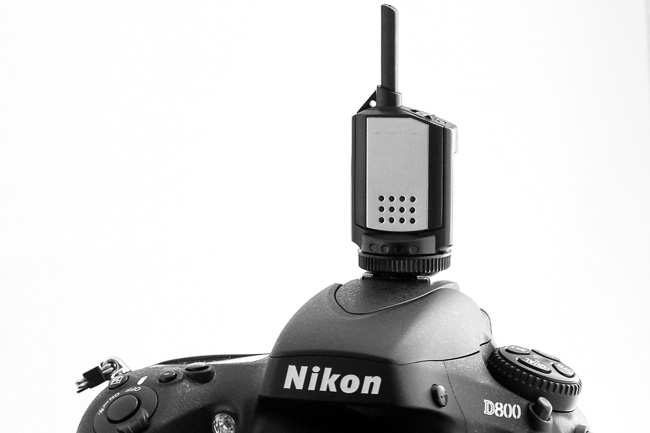 I've been a heavy user of Nikon's Creative Lighting System for the past few years and it has worked well for me...if I'm shooting Nikon. But these days I need a radio system that would work equally well on the Nikon and the Fuji X-Pro1, X100 and now the X-E1. The latest pocket wizard plus iii's were looking like the direction I was going to go, but the system was a bit messy as the transceivers needed to be hung from the lights by lanyards. The Pocket wizards were also working out pretty expensive as I would have needed six units.
I've been a heavy user of Nikon's Creative Lighting System for the past few years and it has worked well for me...if I'm shooting Nikon. But these days I need a radio system that would work equally well on the Nikon and the Fuji X-Pro1, X100 and now the X-E1. The latest pocket wizard plus iii's were looking like the direction I was going to go, but the system was a bit messy as the transceivers needed to be hung from the lights by lanyards. The Pocket wizards were also working out pretty expensive as I would have needed six units.
I was turned on to the Flashwave III system after reading that Billy 'the Fuji Guy' used these units and recommended them for the X cameras. I ordered two sets from Warehouse Express to try before buying the rest of the receivers that I required. A set consists of one very small transmitter for the camera hotshoe and one receiver to trigger a flash. One of the plus sides of the Flashwave system is that the receiver has it's own hotshoe that a strobe can be mounted on, plus because it has a flat base, the receiver also doubles as a Speedlight stand. These units can also be mounted on light stands via a threaded socket on the base. A set of Flashwave III's also come with an impressive array of cables and adapters that most companies would charge as extras.
Built quality is pretty good and although the units are plastic, they have stainless steel plates on the flat areas that give them a quality feel. I get quite a few miss-fires with the Nikon SU800 commander unit (probably due to it being infrared line of sight), but the Flashwave's fire every time. Channels are controlled by 4 dip switches on all units, which gives a total of 16 channels. So if you do events with other photographers, both of you can select a different Channel and avoid firing each others lights.
It's great to use two cameras with a Flashwave transmitter on each! With a 50mm on one and an 85mm on the other, I can get through a full portrait session without having to change a lens. I used to either switch lenses or switch off cameras and move the SU800 from one to another.
The downside of using generic radio triggers is that you can't change power from the transmitters, they simply trigger and nothing more. But on the up side, I find that my lighting is more consistent when I come to editing a shoot, as I'm less likely to try to micro adjust power settings. Which of course means that photos can be adjusted in batches as the exposures are all the same.


